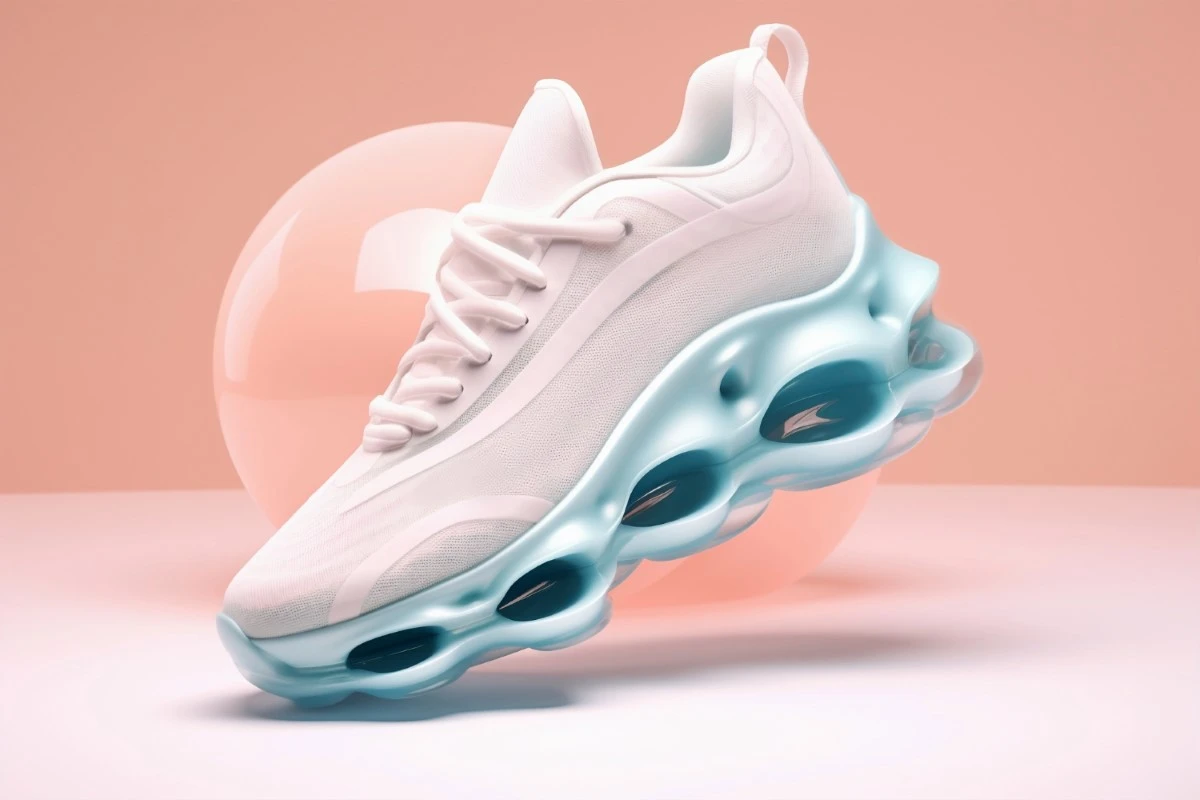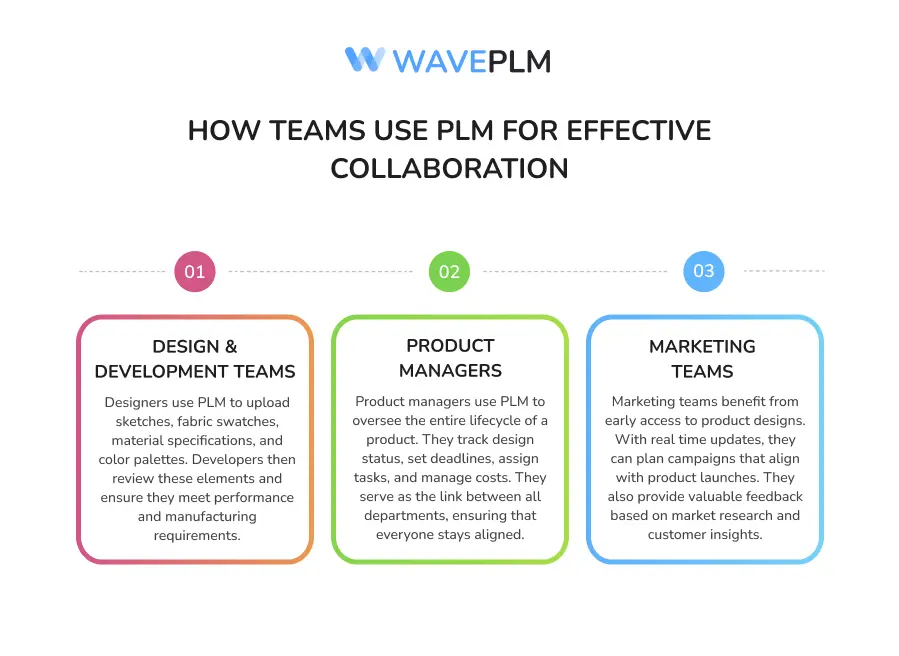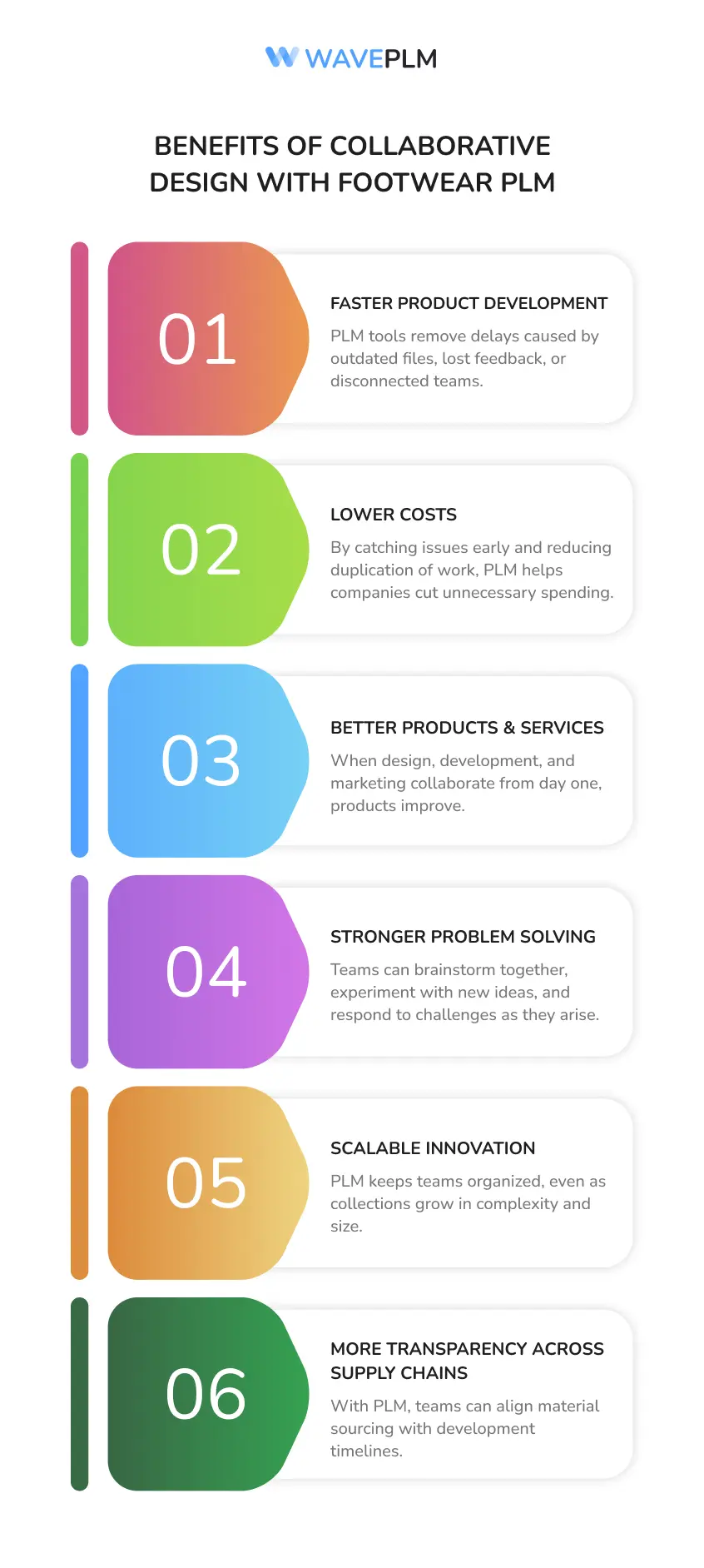
In the fast-moving world of footwear, innovation thrives on teamwork. Successful product design today depends on how well teams collaborate, share ideas, and build on each other’s strengths. Collaborative design is no longer optional—it’s essential for companies aiming to stay competitive and creative.
Footwear PLM (Product Lifecycle Management) software supports this collaborative spirit. It gives design, production, and marketing teams the tools they need to work better together. PLM helps teams speed up product launches, reduce costs, and deliver better shoes to the market.
Why Collaborative Design Matters in Footwear
Footwear design is complex. It’s a process that involves many departments and professionals. Designers shape the look and feel. Developers ensure products meet technical standards. Product managers oversee timelines and budgets. Marketing teams craft the messaging. Everyone contributes to the success of the product.
When team members work in silos, delays and mistakes happen. Collaborative design fixes that. It enables team work, encourages shared ownership, and improves communication across every phase of product development.
Footwear PLM solutions play a central role here. They connect everyone involved with real-time updates, cloud-based tools, and shared data. This improves the design and development cycle, making it faster and more efficient.
The Role of PLM in Footwear Collaboration
Footwear PLM software is designed to support digital product development from concept to final production. It provides a shared platform where all departments can collaborate.
Here’s how PLM solutions help foster effective collaboration in real-world settings:
| PLM Feature | Collaboration Benefit |
|---|---|
| Cloud-based access | Team members can work from anywhere, anytime |
| Real-time updates | Everyone sees the latest changes instantly |
| Centralized data | Reduces errors and improves decision-making |
| Version control | Keeps the design process organized |
| Collaboration tools | Enables smooth communication and feedback |
| Supply chain visibility | Helps teams align design with sourcing timelines |
| Task management | Keeps development on track with clear responsibilities |
These features help teams avoid miscommunication, speed up iterations, and deliver better products and services.
How Teams Use PLM for Effective Collaboration
Let’s explore how cross functional teams use PLM in their daily workflows.
1. Design and Development Teams
Designers use PLM to upload sketches, fabric swatches, material specifications, and color palettes. Developers then review these elements and ensure they meet performance and manufacturing requirements.
With real-time collaboration tools, both teams can share ideas, update files, and track changes together. This synergy improves the design process and ensures the product is ready for final production.
Common Tasks:
- Upload and manage design concepts and inspiration boards
- Add and update technical specifications
- Track multiple product versions and revisions
- Use collaboration tools for continuous feedback
2. Product Managers
Product managers use PLM to oversee the entire lifecycle of a product. They track design status, set deadlines, assign tasks, and manage costs. They serve as the link between all departments, ensuring that everyone stays aligned.
Common Tasks:
- Manage product calendars and milestones
- Assign tasks to appropriate team members
- Coordinate cross functional input from design, development, and marketing
- Monitor budget and timelines using dashboards
3. Marketing Teams
Marketing teams benefit from early access to product designs. With real time updates, they can plan campaigns that align with product launches. They also provide valuable feedback based on market research and customer insights.
Common Tasks:
- View upcoming product details for promotional planning
- Provide suggestions on product positioning and style direction
- Sync launch activities with production schedules

Benefits of Collaborative Design with Footwear PLM
When footwear brands embrace collaborative design through PLM, they unlock major benefits.
1. Faster Product Development
PLM tools remove delays caused by outdated files, lost feedback, or disconnected teams. Teams work in sync with real time updates, which accelerates the process.
2. Lower Costs
Reducing errors saves money. By catching issues early and reducing duplication of work, PLM helps companies cut unnecessary spending.
3. Better Products and Services
When design, development, and marketing collaborate from day one, products improve. The result is footwear that meets both brand vision and consumer demand.
4. Stronger Problem Solving
PLM tools support quick decision-making. Teams can brainstorm together, experiment with new ideas, and respond to challenges as they arise.
5. Scalable Innovation
As brands grow and develop more products, PLM scales with them. It keeps teams organized, even as collections grow in complexity and size.
6. More Transparency Across Supply Chains
PLM integrates supply chain data into the design process. This means teams can align material sourcing with development timelines. It reduces the risk of delays and last-minute changes.

Collaborative Design Template for Footwear Teams
Here’s a helpful template to guide your design and development workflow:
| Step | Task | Team Members Involved | PLM Tools Used |
|---|---|---|---|
| 1 | Brainstorming session | Designers, Product Managers | Concept boards, comment threads |
| 2 | Initial design upload | Designers | File sharing, version control |
| 3 | Technical review | Developers, QA | Checklists, material specs |
| 4 | Marketing input | Marketing, Product Manager | Real-time feedback tools |
| 5 | Final production prep | All departments | Timeline tracker, task manager |
| 6 | Launch campaign planning | Marketing, Product Manager | Calendar view, launch checklist |
This table helps teams clarify roles and ensures everyone works toward the same goal: delivering innovative, high-quality footwear.
Real World Example: Innovation with Footwear PLM
Let’s look at a real-world example. A mid-sized athletic footwear brand adopted PLM software to solve communication gaps and long development cycles. Before PLM, design updates were shared through endless email chains. Version control was a constant issue.
After PLM integration, the company saw major improvements:
- 30% faster time-to-market
- 40% reduction in design rework
- Better collaboration across design, development, and marketing
- Enhanced visibility into the supply chain and sourcing
The product manager led brainstorming sessions with remote teams using cloud-based collaboration tools. Designers received immediate feedback. Marketers planned campaigns earlier. Developers stayed updated on real time changes.
In one season, the brand increased product launches by 25% while maintaining quality. Customer feedback improved, and the company saw stronger sales across new product lines.
Conclusion: Why PLM is the Future of Footwear Collaboration
Collaborative design isn’t just a trend—it’s the future of footwear. The design and development process demands constant communication, real time updates, and seamless coordination between teams.
PLM solutions make this possible. They connect team members across departments and locations. They centralize data, simplify problem solving, and help companies bring products to market faster.
From early brainstorming sessions to final production, footwear PLM software supports every step of the journey. It empowers cross functional teams to work smarter, reduce costs, and deliver better footwear.
If your brand wants to innovate, streamline workflows, and enhance teamwork, PLM tool is the way forward.
Quick Summary: PLM Benefits for Footwear Teams
- Enables collaborative design and team work
- Offers cloud based access and real time updates
- Improves cross functional communication
- Reduces costs through smarter workflows
- Supports better product design and development
- Integrates supply chain data into the design process
- Helps manage tasks, timelines, and final production
Use Wave PLM to empower your teams and bring great footwear to life.





Leave a Reply